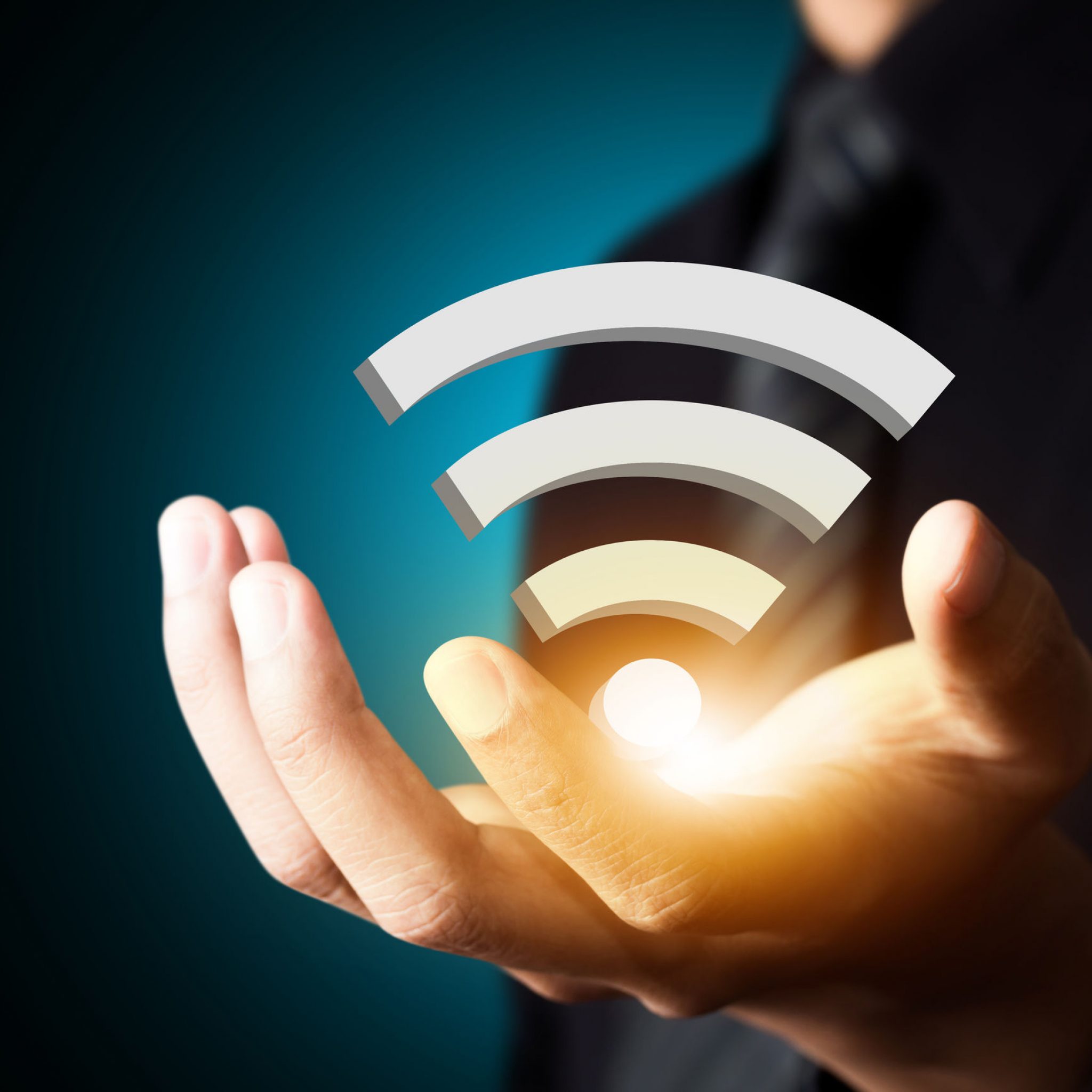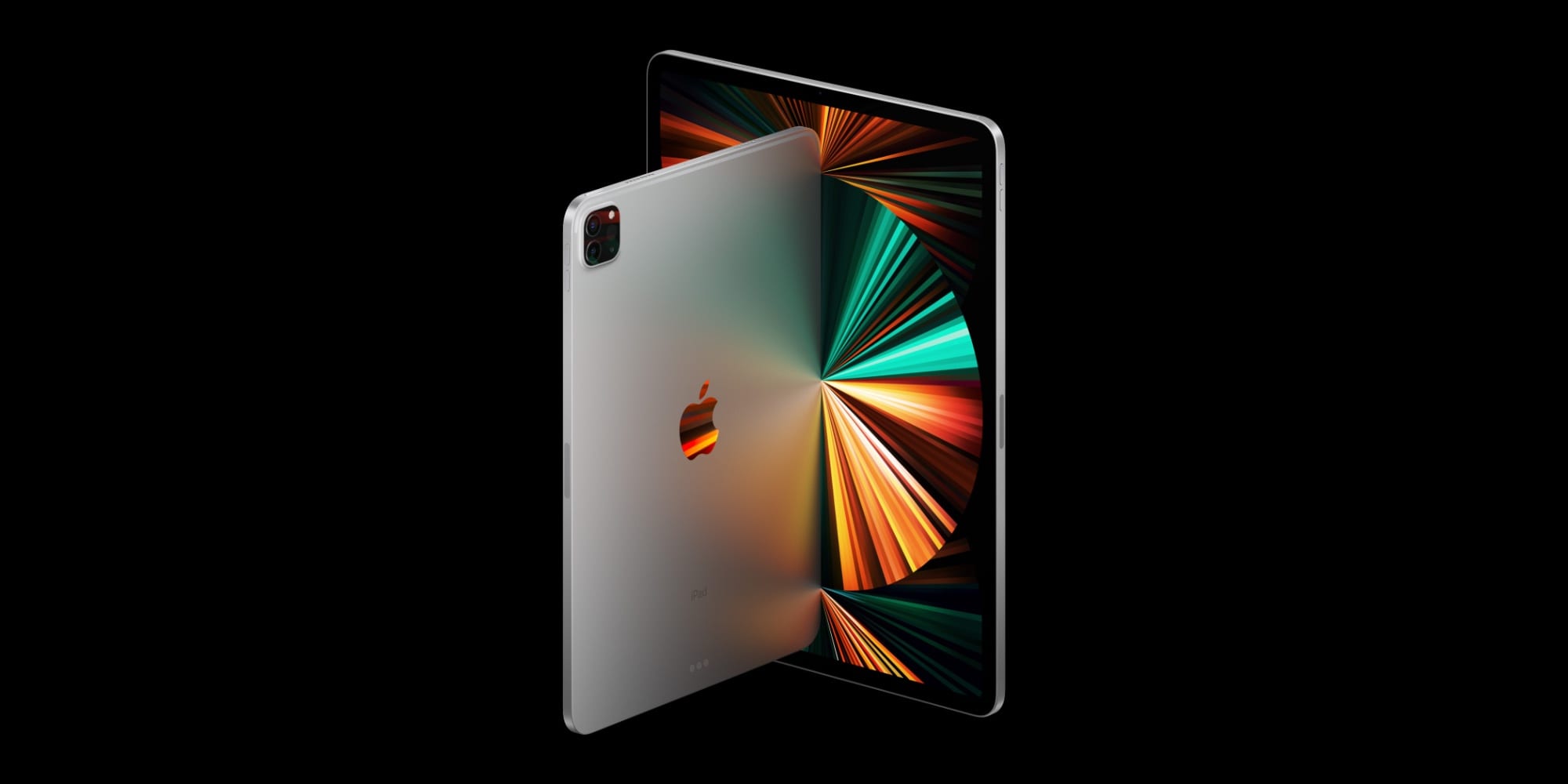This is a guest review by Samuel Bilodeau who just completed testing the Dolby Vision HDR features of his new iPhone 12 Pro Max. Let’s see what conclusion he came up with.
The new iPhone 12’s been out in the wild for a short while, and I’ve been taking mine for a spin to test out the feature that made me open my wallet and upgrade: the new native Dolby Vision HDR shooting. As a professional with over 5 years experience grading and teaching on HDR, I needed to know, is it any good?
Three things went through my head when Apple announced the new iPhones back in October 2020, and I saw the words “HDR video recording with Dolby Vision”. First came the thought “Wait, what? How?”. Next came the thought “But will it actually be any good?”. And then lastly “well, it looks like I’m upgrading my phone this year.” I bought the iPone 12 Pro Max, and received my new phone on release day for that model, November 13th. Then it was time to start answering questions.
How Does Dolby Vision on iPhone 12 Work?
If you’re familiar with HDR formats you’ll know a couple of things. First, Dolby Vision mastering uses the Perceptual Quantization (PQ, SMPTE-ST.2084) transfer function, developed by Dolby and the first HDR video format released. But PQ is an exclusively display referred transfer function, which means you can’t (shouldn’t) use it for shooting or grading.
So what dark magic is Apple using for capturing HDR with Dolby Vision on the iPhone? It’s using Hybrid Log Gamma (HLG, ARIB STD-B67), which was developed by the BBC and NHK, and includes a scene referred standard for cameras.
There’s nothing too special there – this year we’ve seen a lot of mid range cameras come to market with HLG capture, and the iPhone’s not the only phone to shoot in HLG. But it’s the real-time Dolby Vision that really makes this feature different.
As the iPhone captures the HLG image, it runs a real-time Dolby Vision analysis on the image, most likely using a Dolby Vision live profile that generates metadata in real time on a per-frame basis, and embeds the metadata in the video file, along with the HLG video stream.
As you can see in the image above, the recorded footage sports HLG base layer essence with Dolby Vision Metadata (BL+RPU), in a Dolby Vision Profile 8 file, with direct HLG compatibility.
The files themselves meet the Dolby Vision Profile 8 delivery standard, that uses standard HDR10 or HLG essences with Dolby Vision metadata, so that the files are cross compatible across as many devices as possible. And by using HLG as the essence, Apple’s ensured that the videos we capture with the iPhone 12 will be as compatible as possible. Here’s why.
Compatibility & Quality
My biggest qualm with HLG as a mastering format is that its dynamic range isn’t constant. It adapts to the brightness levels of each HDR display, with an added and variable “contrast factor” called the system gamma, that affects how your images look from screen to screen. Besides the Rec. 2100 standard, there’s no absolute standard for interpreting HDR, and no way as a colorist to really craft an image and expect any level of consistency from screen to screen.
BUT, HLG’s design does do a really good job of SDR backwards compatibility, giving an okay SDR image from an HDR source. And as a camera capture format, it offers a more universal format than any specific brand of camera log, since you can play it back directly on an HDR television and see normal contrast.

When we put that together, it’s easy to see what Apple’s done here to balance quality with compatibility:
- Capture in scene referred HLG, to capture the widest dynamic range the phone can.
- Embed the live Dolby Vision metadata.
- Encode the file as a Dolby Profile 8 HLG file (10 bit, HEVC).
Then, when a device plays back the video file, you’ll get the best possible playback on that device:
- On an SDR device you’ll get the HLG image adapted to SDR, which is a good quality compromise with nice highlight rolloff.
- On an HDR device that’s not Dolby Vision enabled, you’ll get the full dynamic range of the scene, adapted to the dynamic range of the screen.
- On an HDR device that IS Dolby Vision enabled, the device will use the Dolby Vision metadata to interpret the HLG, restore it to PQ, and do the Dolby Vision adaptation specific to that screen for the best possible look.
I should note that since the iPhone 12 itself is Dolby Vision enabled, it’ll play back in the best quality on your phone after recording the video.
Is it Good?
I’ll answer that in more depth here in a moment, but first, I’ll invite you to see for yourself. Here’s a link to my vlog style review of the iPhone 12 Pro Max. I recommend playing it back on an HDR enabled device, like an iOS device using Safari or using the YouTube native app on iOS, HDR enabled Android devices, or an HDRTV.
To be honest, I was surprised by the quality of the HDR video. The first test I ran was on moonless night walk with my wife and our dog. I was immediately amazed by the amount of detail the iPhone was capturing in the darks, even capturing detail that was difficult for the eye to see. Yes, it was noisy, but when I mastered it at appropriately dim light levels and added a tiny amount of noise reduction, it ended up looking pretty good, for a no-light night.

In the shot above, the details in the water were invisible to the eye. When presented in HDR, the noise profile is minimized and less distracting. In daylight it performed extremely well, and a quick and dirty test I did showed I was getting at least 10 stops of detail retention, which is more than enough for capturing most scenes in HDR.

In the image above, circles represent measured EVs relative to the middle exposure. Exterior concrete at +5EV, Interior shadow in dark half of room at -5EV.
The bit rates I saw in my tests ranged from around 25mbps to around 60mbps, which isn’t stellar, but keeping in mind that it is 10 bit HEVC, it’s actually more than enough to grade, correct white balance issues, and craft a really good image. I do recommend using a color space converter to grade in PQ or ACES, and interpret the files as HLG Scene instead of using a Rec. 2100 display referred HLG profile as your starting point, since it’ll start you a little cleaner, with a little less added contrast and full image latitude.
Enabling Dolby Vision in FiLMiC Pro helped a lot with the quality, since I could kill the auto exposure of the default camera app, select a consistent white balance, and better place my dynamic range to bump up the quality another notch. On the other hand, the number of steps it takes to turn on and expose in FiLMiC Pro makes it harder to quickly capture a scene in HDR. That’s not a problem for an iPhone production, but for how I use my phone as a camera, it’s a little inconvenient.

If you’re using FiLMiC Pro it’s important to note that Dolby Vision is going to allow you to capture more dynamic range than FiLMiC Pro Log V2, and with better precision. When you capture in Log, you’re only capturing 8 bit AVC instead of 10 bit HEVC. Those extra bits make a big difference in gradients, especially in the bright areas, like the sky in daylight conditions. You’ll still have exposure, white balance, and focus control, but by switching into Dolby Vision, you’ll lose some of your control over the color look and profile. To me, that’s an acceptable trade off.
Why is it Important?
Obviously this is a boon for independent and low-budget producers. The lowest priced iPhone 12, the Mini with 64GB of storage, is priced at $699 USD, which is probably the best basic price for an HDR capable camera platform you’ll find right now. iEven when you account for adding in FiLMiC Pro or external lenses for the iPhone, you’re still looking at a full HDR capable camera system for less than $800 USD. I’m excited to see how this and other consumer level cameras with HDR capabilities allow new filmmakers to push the boundaries when it comes to HDR.
Why I Care & Last Thoughts
I love having a high quality camera in my pocket anywhere I go. When I carry around my DSLRs or Mirrorless cameras on a specific trip, I obviously get fantastic images. But they’re bulky, and I don’t like carrying them unless I’m heading out with a specific purpose. With a high quality camera on my phone, I’m able to capture most memories and moments without a second thought – just pull it out and start shooting.
From a professional, creative point of view, having a high quality camera with me at all times has allowed me to capture looks and feelings from light and environment that I want to remember as something I want to emulate in a grade or a scene later. Now, with my iPhone 12 Pro Max, I feel like I’ve finally been granted the ability to really capture the environment around me when I’m out in the world, in full HDR glory.
Plus, I just love shooting home videos of my wife and our dog, so why not do it in HDR?
Are you a proud owner of an iPhone 12? Do you use the camera in this phone to capture professional looking videos? Please share with us your thoughts in the comment section below.













